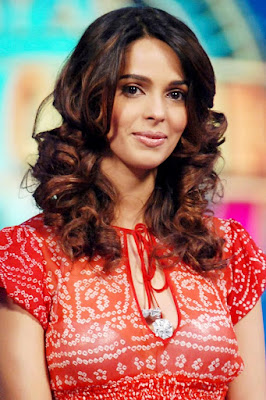From Consumers to Producers - The Indian Story - Part 1

I call myself a successful digital immigrant. Marc Prensky defined Digital Natives as the ones who have been born with digital technology, digital devices, for whom the digital devices is not a new phenomenon, today's young population. Digital Immigrants are those who saw digital technology developing and evolving and adapted to the digital world - people like me! I have been very lucky to have been not only a witness, but a participant in the evolution of the digital age. In this series, I am going to share the story(s) of how several technologies evolved over the last 35 years in India and across the world, slowly but surely turning us, passive consumers of media content, into active producers. How technology - both hardware and software, and skill-sets developed over the years, especially in India, and how it has affected the way we communicate, and hence the way we live and go about our lives. My students (at least the one's who have attended my New Media lectures) mig


